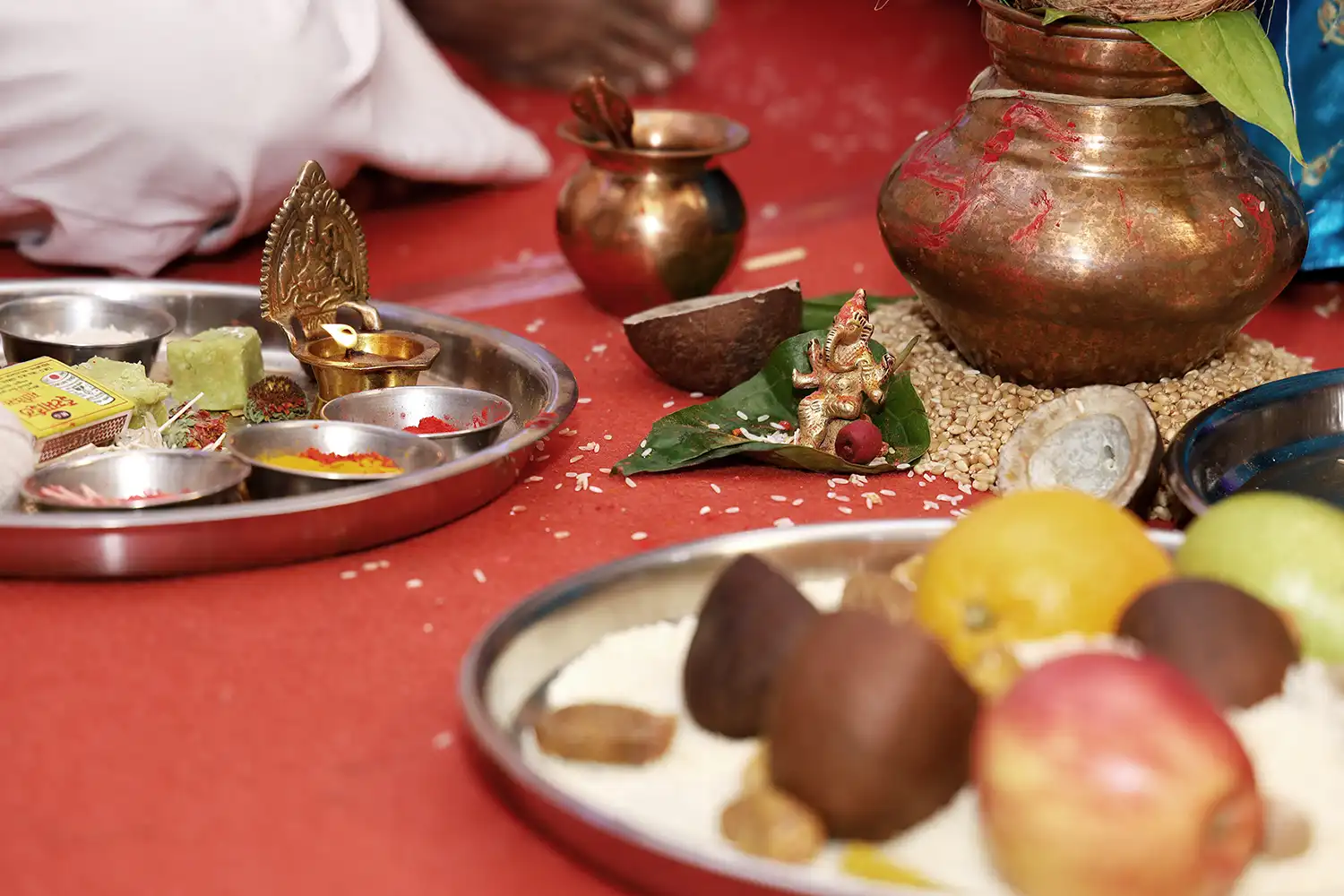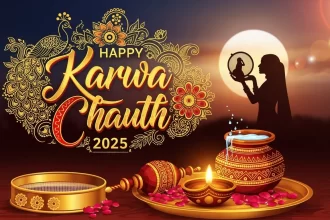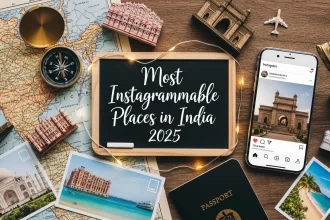Pongal is one of the most important and widely celebrated festivals in South India. It is a harvest festival that marks the beginning of the harvesting season and is dedicated to honoring the Sun God for his role in agriculture and the fertility of the land. This is done with great excitement, fervour and a sense of thanksgiving at the abundance of crops. Unlike all other festivals, Pongal is commemorated for a number of days wherein every day of the festival has a separate ritual related to it and there are many traditions followed. In this article, we discuss the importance, tradition, customs, and ways of celebrating Pongal in different parts of the country, focusing on the region of Tamil Nadu, where the festival is most predominant.
When is Pongal Celebrated?
Pongal generally falls in January. It coincides with the festival of Makar Sankranti, when the sun is said to be entering the zodiac sign of Capricorn, or Makar. It is when winter ends and harvest season begins. The festival is generally on 13th to 16th January of every year but is based on the Tamil solar calendar.
The celebration takes place at the beginning of the Tamil month Thai and usually coincides with January in the Gregorian calendar. The festival marks the first day of the Tamil New Year too. Its time, during harvest season, denotes prosperity and good fortune for the coming year.
Why is Pongal Celebrated?
Pongal is basically an agricultural festival since it is in respect of abundant harvest and gives thanks to nature for yielding bounties. It means much more in the circles of agricultural communities, particularly in the people of Tamil Nadu and all of South India. The Pongal is celebrated in the favor of many gods:
1.Surya (Sun God): The Sun God is very important in agriculture because it nourishes crops with sunlight. Pongal is the time to thank Surya for helping the crops ripen and prosper.
2. Indra (Rain God): Farmers also thank Indra, the god of rain, who showers the land with the necessary water for crops to grow.
3. Farm Animals: Cattle, especially cows and oxen, are also celebrated during Pongal. The importance of cattle to farmers is due to their use in plowing the fields and the transportation of products. They adorn the cattle with flowers and special prayers are done during the festival.
Where is Pongal Celebrated?
This celebration primarily occurs in the Indian state of Tamil Nadu where Pongal is considered to be the biggest festival of the year. It is seen, however, in other southern parts of India as well, which include Karnataka, Andhra Pradesh, and Telangana; outside India Tamil communities in Sri Lanka, Malaysia, Singapore, Mauritius, and Fiji enthusiastically enjoy this festival.
In Tamil Nadu, Pongal is mainly celebrated in rural areas, where agriculture is the main occupation, but it is also observed in urban centers like Chennai, Coimbatore, Madurai, and Trichy. The festival unites people across regions, transcending rural and urban divides, as it honors nature and agricultural prosperity.
How is Pongal Celebrated?
Pongal is celebrated over four days, with each day having its own significance and customs:
1.Bhogi Pongal (Day 1)
Bhogi Pongal is the first day of Pongal and signifies the beginning of the harvesting season. Lord Indra is worshiped during Bhogi Pongal as he is considered to be the rain god. In this context, people also decorate their houses by cleaning it properly and get rid of unwanted and old materials that are presented as a part of the old before welcoming the new. Major tradition for Bhogi Pongal is Bonfire – people burn old clothes, wooden furniture, and more things not useful anymore. This marks the cleaning of the house and readies the house for the new harvest season.
2.Thai Pongal (Day 2)
Thai Pongal – the day is the most important one and marks the main day of the festival. Special preparation is done on this day in the form of Pongal, a sweet and savory rice dish using fresh harvested rice, jaggery, milk, and lentils. It is cooked in an open space using a traditional clay pot over fire. When the rice boils and then overflows from the pot, it marks the rich harvest yield, and the spilling over of Pongal is considered good luck and prosperity.
The Pongal dish is offered to Surya, the Sun God, as a way of giving thanks to the god for a successful harvest. Families also visit the temples to make prayers and receive blessings for their family’s welfare and the succeeding farming season. The whole family comes together to have a feasting meal in which Pongal and other traditional dishes are shared, but the elderly ones are usually given first as a sign of respect.
3.Mattu Pongal (Third Day)
Mattu Pongal is an occasion to revere cattle especially cows and bullocks, which are required in agricultural activities. On the third day of Pongal, domesticated animals like cows and other farm animals are bathed and painted and decorated with garlands made of flowers and beads and offered worship. On Mattu Pongal cattle races and folk games are arranged, in which the farmers compare the strength and agility of the cattle. This day is a celebration of the hard work and labor of the cattle that helped in the agricultural process.
4.Kaanum Pongal (Day 4)
The fourth and the last day is Kaanum Pongal that is for social bonding and family tie. On that day, everybody visit his relative and friends to exchange gifts and celebrate meals together. It is a time for societal giving back in return because most of the people would share food and clothes to needy people during this day. Youngsters would plan out picnics or group fun activities, whereas families go outside for kite flying, etc.
It is also a day for the celebration of community unity since the day is full of different kinds of celebrations and get-togethers. It is a day for rest, amusement, and refreshing after the strenuous effort of the first three days.
Pongal Traditions and Cultural Significance
Pongal is part of the local culture of Tamil Nadu and Southern India. Its celebration involves more traditional rituals as well as accompanying music and dancing, with vibrancy through attractive decorations. Kolam represents the creation on the floor out of rice powder outside houses so that prosperity and happiness can enter such homes. Furthermore, people put on new clothes colored in bright, vibrant hues during this time since it marks their new life cycles.
Pongal has a culture significance beyond agricultural productivity. It unites the families, communities, and regions in celebrating nature’s bounty and thanking God for the harvest of the year. People remember their bondage to nature, and respect toward the environment and animals that keep the agricultural world thriving.
Conclusion
Pongal is not a festival, but life itself, or nature’s gift to mankind; family and community, which make us come together with gratitude in our hearts. It reminds us of our dependence on nature, the sustainable living way, and the richness of Indian culture. Pongal, for millions, is a time to reconnect with roots, reflect on the year gone by, and pray for a prosperous future. The festival stays on as part of South Indian life, and tradition and identity go with the flow.







